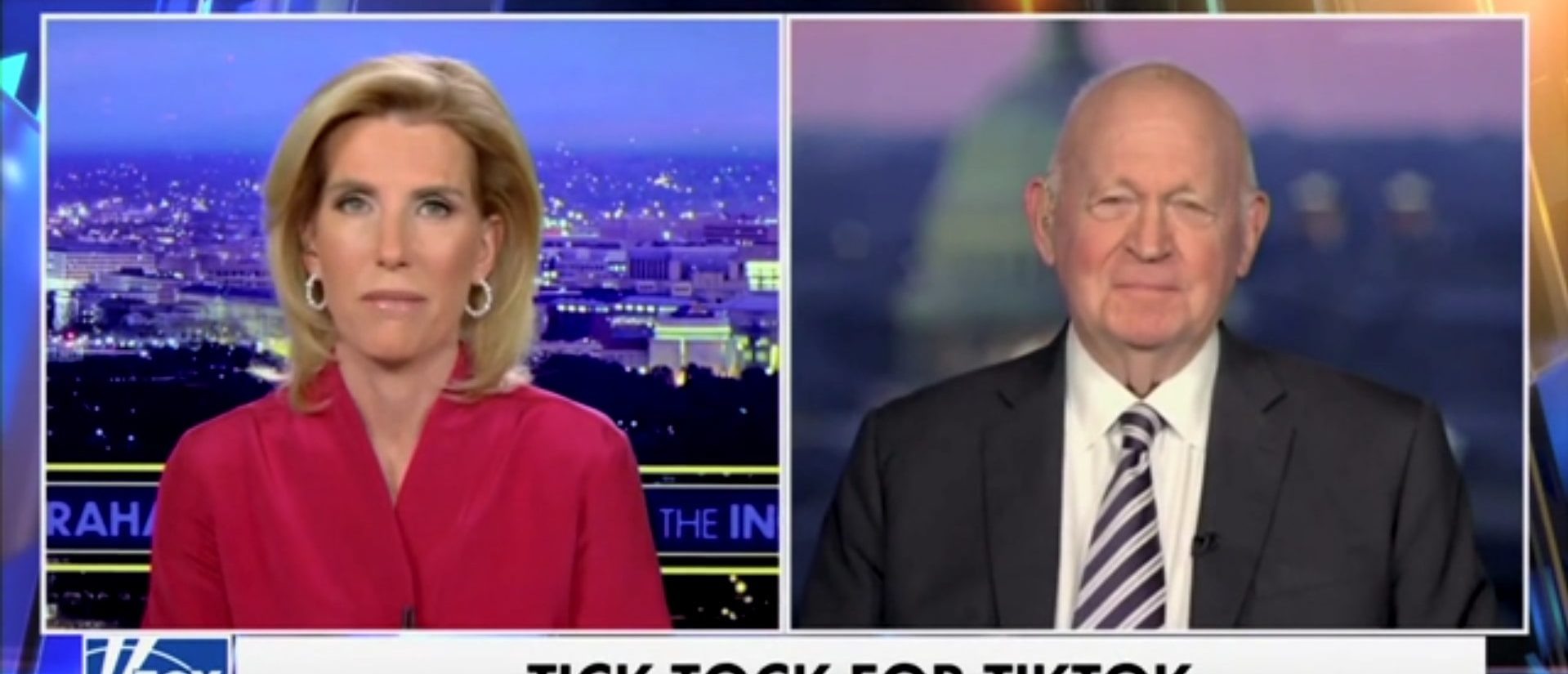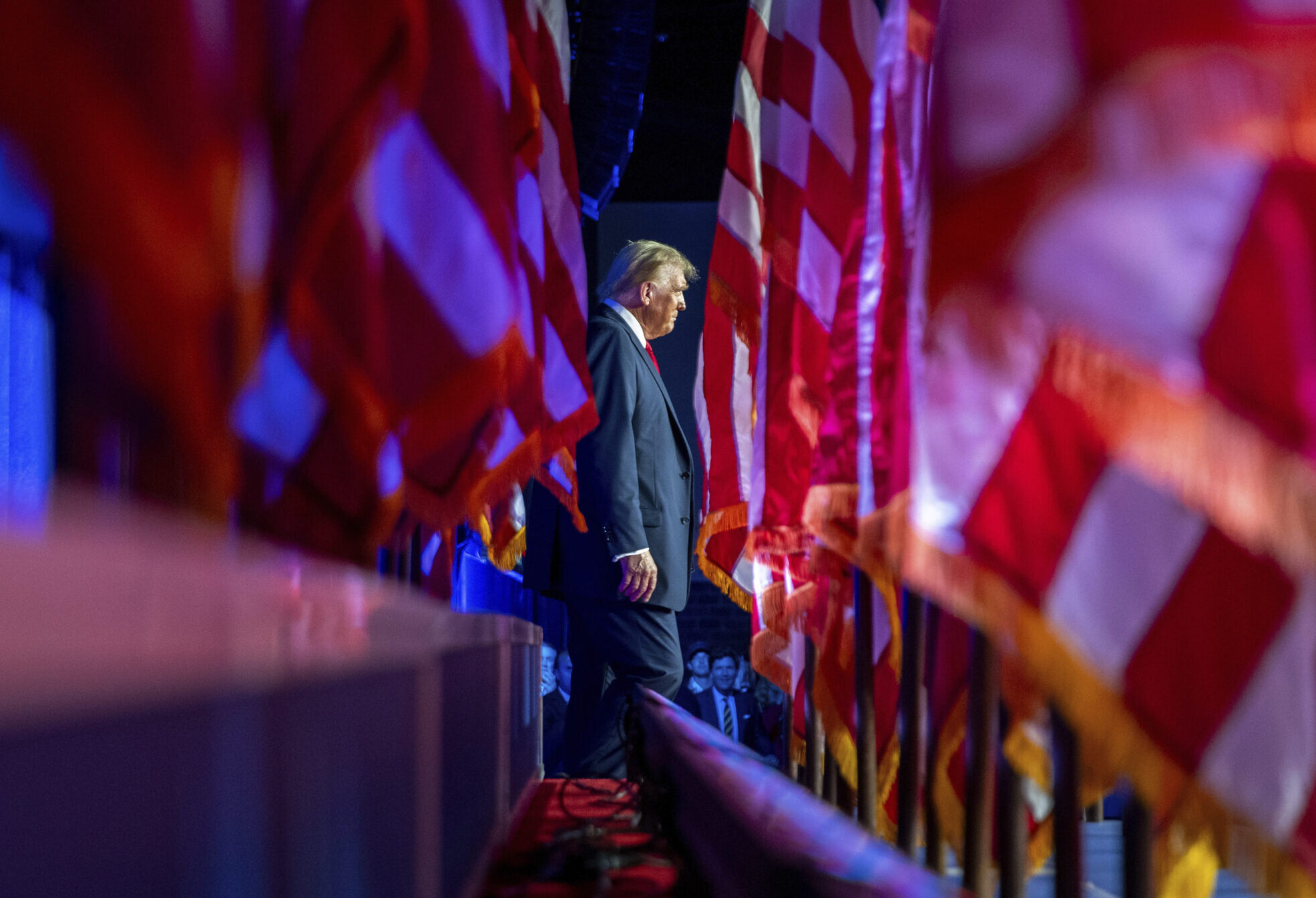Michael Pillsbury, a seasoned China expert and Hudson Institute analyst, recently shared his views on Fox News, highlighting President-elect Donald Trump’s comprehensive strategy towards China. This approach, he believes, could lead to major concessions from China, drawing some positive parallels with the diplomatic style of Ronald Reagan.
Trump’s strategy, Pillsbury explained, seems to echo Reagan’s tactics. During his appearance on “The Ingraham Angle,” he praised Trump for what he sees as a brilliant strategy, blending elements from Trump’s own “The Art of the Deal” and Reagan’s admired negotiating style.
Give Me News Podcast
Pillsbury emphasized how Trump is laying down the groundwork for the next four years, adopting a mix of pressure and respect in dealing with adversaries. He likened it to Reagan’s approach, where after labeling the Soviet Union the “evil empire,” Reagan eventually forged agreements that led to significant geopolitical changes.
According to Pillsbury, this balance of pressure and respect is not just strategic but potentially transformative. Reagan’s approach, he noted, was marked by an initial tough stance that eventually gave way to diplomatic breakthroughs. Pillsbury sees a similar trajectory with China under Trump’s administration, where early pressure could lead to substantial concessions.
He pointed out that China’s recent actions indicate a level of respect for Trump’s administration. Pillsbury suggested that this could open doors to resolving long-standing issues where China has traditionally resisted American interests. This approach might lead to breakthroughs in various areas, benefiting both nations.
A significant point of discussion is the ongoing military maneuvers around Taiwan. Pillsbury mentioned the daily encirclement by Chinese Communist jet fighters and ships, sometimes numbering in the dozens. He proposed that a reduction in these activities could be an early gesture of respect toward Trump, indicating a willingness to negotiate.
This conversation comes in the wake of China’s Vice President Han Zheng’s decision to attend Trump’s inauguration. Although Trump had invited Chinese President Xi Jinping and other global leaders, Xi opted to send Zheng instead. This move could be seen as a diplomatic gesture, signaling China’s readiness to engage with the new administration.
Trump recently revealed he had a productive phone call with Xi Jinping, where they discussed various critical issues, including trade, TikTok, and fentanyl. Trump described the conversation as “very good,” covering essential topics for both nations. This dialogue underscores Trump’s commitment to addressing key bilateral concerns.
As part of his strategy, Trump has expressed his intention to implement broad tariffs on foreign imports. He aims to target countries like China, Canada, and Mexico, using economic pressure to address issues like illegal drug trafficking and immigration. This approach aligns with his broader vision of prioritizing American interests.
The potential for this strategy to yield significant results remains promising. Pillsbury’s insights suggest that, much like Reagan’s era, strategic pressure paired with respect could lead to meaningful concessions from China. This could pave the way for resolving issues that have long been points of contention.
The upcoming years could witness significant changes in the U.S.-China relationship, driven by a strategic approach that combines toughness with diplomacy. If successful, this strategy could redefine the dynamics between the two countries, fostering a more stable and cooperative relationship.
In the long run, Trump’s approach might not only benefit the United States but also encourage China to adopt more cooperative stances on global issues. By focusing on mutual respect and strategic negotiations, both nations stand to gain from a more balanced relationship.
Pillsbury’s analysis underscores the potential for Trump’s strategy to bring about positive changes in U.S.-China relations. By drawing on historical parallels and current dynamics, he offers a hopeful perspective on the future of these crucial diplomatic ties.
As the world watches, the evolving relationship between the U.S. and China under Trump’s administration could set a precedent for future diplomatic engagements. If successful, this approach might inspire other global leaders to adopt similar strategies in dealing with complex international challenges.
In essence, Pillsbury’s commentary provides a nuanced understanding of Trump’s China strategy, highlighting the potential for significant diplomatic achievements. With a blend of historical insight and current analysis, he presents an optimistic view of the possibilities ahead.

